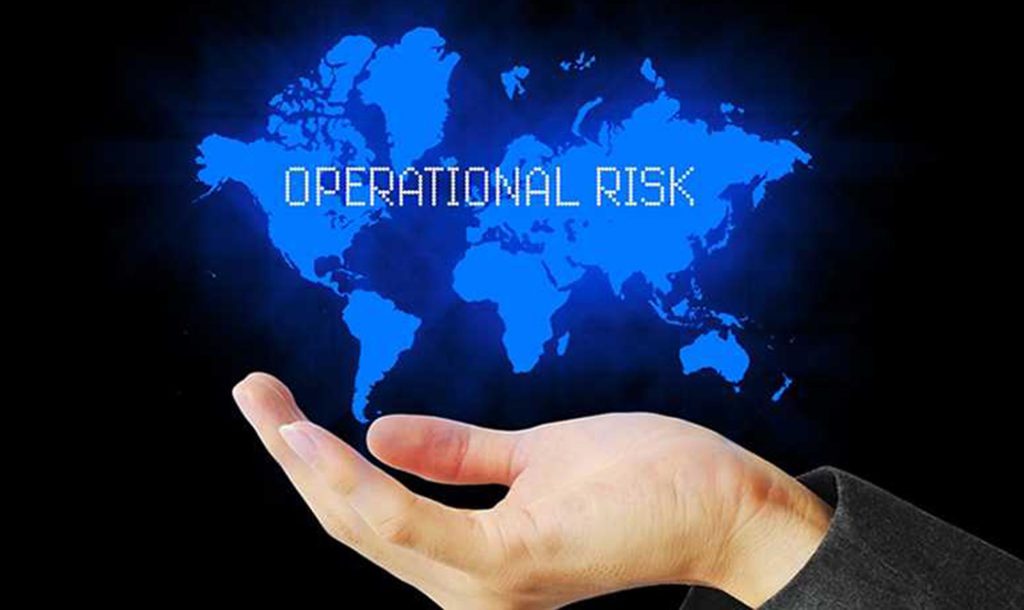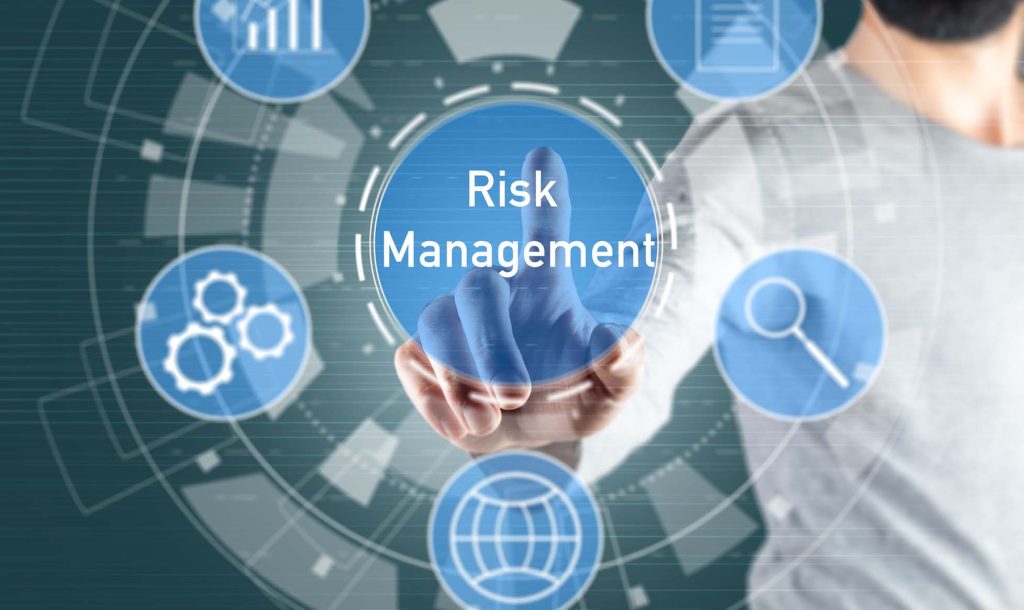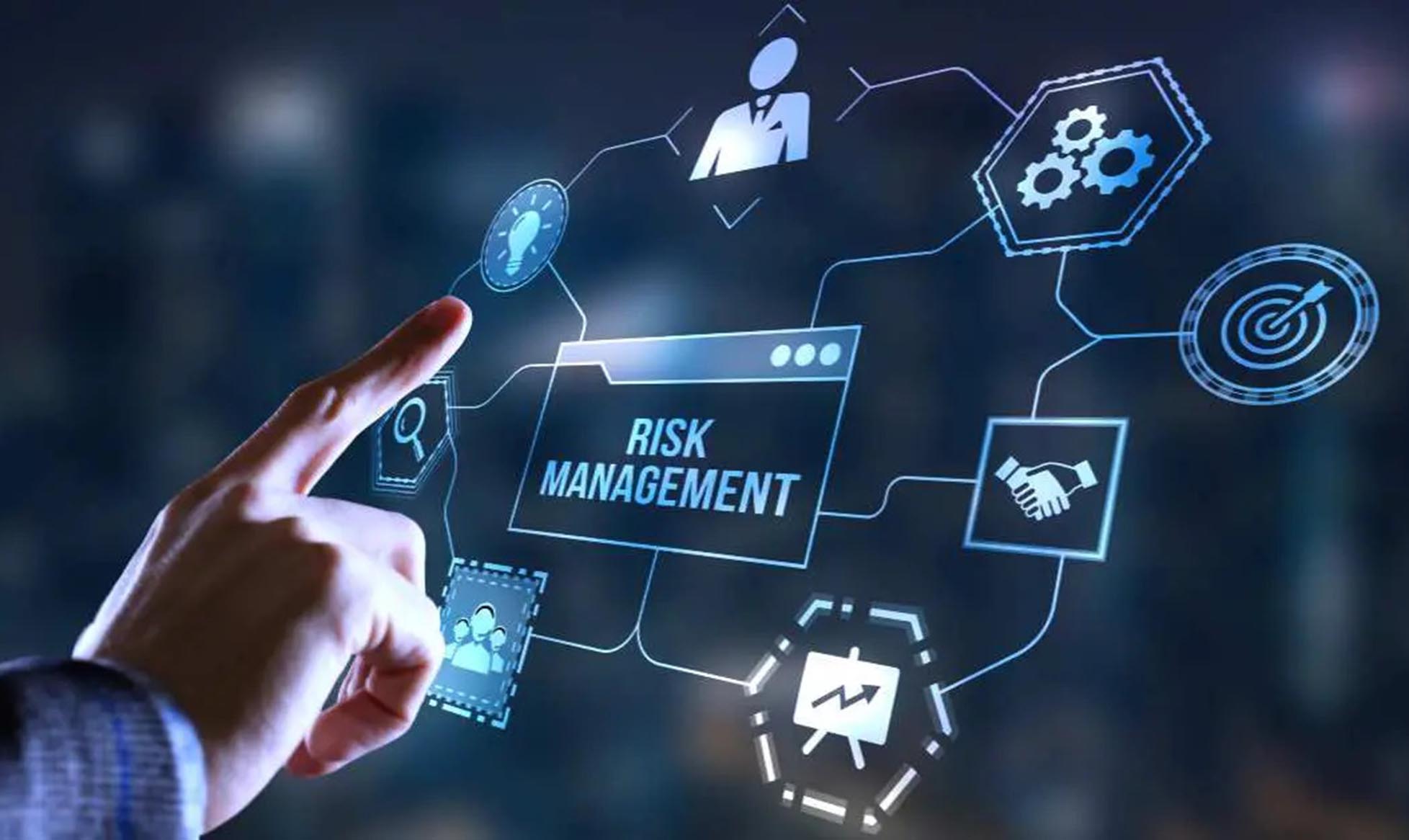Risk Assessment and Management: Strategies for Coping with Uncertainty
In today’s society, risks are ubiquitous, whether in business operations, project management, investment decisions, or daily life. We inevitably face various potential risks and uncertainties. Through effective risk assessment and management, organizations and individuals can maintain competitiveness in turbulent environments, avoid losses, and even seize opportunities during crises.
1. Basic Concepts of Risk Management
Risk management refers to the process of identifying, assessing, controlling, and monitoring various potential risks. Its core objective is to minimize negative impacts while maximizing expected returns. Risk is not only a threat but also an opportunity for potential rewards. Therefore, risk management aims not only to identify and address negative risks but also, under certain conditions, to seize positive opportunities.
In the risk management process, the first step is risk assessment. The goal of risk assessment is to systematically identify potential risks, analyze their likelihood and potential impact, and develop response strategies. The next step is risk control, which primarily involves reducing, transferring, or accepting risks to minimize the potential losses they may bring.
2. Types and Classifications of Risks
Risks are diverse and can be classified in various ways based on different criteria. In general, risks can be divided into the following categories:
2.1 Financial Risk
Financial risk refers to potential losses due to factors such as cash flow issues, asset-liability structure, and market fluctuations. Both businesses and individuals cannot completely avoid financial risk, especially in unstable economic environments. Factors like fluctuations in financial markets, interest rate changes, and credit risks can significantly affect financial conditions.
2.2 Operational Risk
Operational risk refers to direct or indirect losses caused by internal management issues, system failures, human errors, and other factors. For example, a company that mismanages its procurement process may incur direct financial losses due to fluctuations in procurement prices or supplier defaults.

2.3 Market Risk
Market risk refers to potential risks caused by changes in the external market environment. Examples include stock market volatility, commodity price fluctuations, and exchange rate changes. In today’s globalized world, market risks are often not confined to a specific country or region but can be cross-border and cross-industry.
2.4 Legal and Compliance Risk
With the increasing stringency of laws and regulations, businesses and individuals often face legal risks during their operations. Legal risks can arise not only from changes in government policies but also from contract disputes, intellectual property infringements, and other issues.
2.5 Reputation Risk
Reputation risk typically refers to negative public perception of a company or individual, which may lead to loss of market share, customer attrition, and investor withdrawal. Even a small mistake or negative news can quickly spread on social media platforms, causing long-term damage to the brand image of a company or individual.
3. Steps and Methods of Risk Assessment
Risk assessment is a crucial step in risk management, as it directly influences the formulation of subsequent management strategies. Generally, risk assessment consists of the following key steps:
3.1 Risk Identification
Risk identification is the first step of risk assessment, with the goal of discovering all possible sources of risk. This step often requires brainstorming and input from various sources. Methods to identify risks include:
- Expert Interviews: Engaging in discussions with industry experts, management, and employees to uncover potential risks.
- Brainstorming: Collective discussions to identify and list possible risk factors.
- Data Analysis: Analyzing historical data to identify potential risks through trend analysis.
3.2 Risk Analysis
Risk analysis involves conducting a detailed examination of the identified risks. It typically requires analyzing the likelihood of each risk event occurring and the potential consequences. This process can combine both quantitative and qualitative analysis methods. For instance, statistical models can be used to predict the probability of a specific market risk, or expert judgment can be used to estimate the impact of an operational risk.
3.3 Risk Assessment and Prioritization
Once all risks are analyzed, the next step is to assess the severity of each risk and prioritize them based on their probability of occurrence and potential losses. A common tool for assessment is the Risk Matrix, where risks are categorized by their likelihood and severity. Risks with high probability and high impact are usually prioritized for immediate action.
3.4 Development of Risk Response Strategies
Based on the assessment, it is crucial to develop effective risk response strategies. Risk responses can generally be divided into four categories:
- Risk Avoidance: Changing plans or strategies to avoid the risk.
- Risk Mitigation: Taking measures to reduce the probability of the risk occurring or to lessen its potential consequences.
- Risk Transfer: Shifting some or all of the risk to third parties, such as through insurance or contracts.
- Risk Acceptance: For some low-probability, high-cost risks, it may be more practical to accept them and prepare contingency plans.
4. Implementing Risk Management

Effective implementation of risk management strategies goes beyond theoretical application; it requires specific execution and continuous monitoring.
4.1 Establishing a Risk Management Organization
An efficient risk management team is essential for successful implementation. Typically, an organization will establish a dedicated risk management department or team responsible for daily risk assessments and monitoring. Team members usually include risk management experts, project managers, financial analysts, and others who collaborate closely to ensure smooth communication and decision-making.
4.2 Developing and Implementing Emergency Plans
In addition to risk prevention and control, developing emergency plans is a critical component of risk management. Emergency plans can help businesses or individuals quickly respond to risk events, minimizing damage. For instance, in the event of a natural disaster, a company must have emergency supplies, evacuation plans, and communication strategies in place to ensure survival and rapid recovery of operations.
4.3 Ongoing Risk Monitoring
Risk management is not a one-time task but an ongoing process. As market conditions, technology, and laws evolve, risk landscapes can change. Therefore, organizations need to regularly conduct risk assessments and reviews to ensure that current management measures remain effective.
The introduction of technological tools can significantly enhance the efficiency of risk management. For instance, risk management software can track the progress of risk events and adjust strategies in real time. Big data analytics and artificial intelligence can predict potential risks, providing valuable support for decision-making.
5. Challenges and Future Trends in Risk Management
Despite the widespread use of risk management in today’s business world, its implementation faces several challenges. First, accurately identifying and quantifying risks remains a significant issue. Many risks, particularly latent risks, are difficult to detect using traditional tools and methods.
Secondly, as technology advances, new types of risks continuously emerge. For example, the development of artificial intelligence, big data, and blockchain technology brings new risk categories. Addressing these unknown risks requires risk managers to possess broader interdisciplinary knowledge and more flexible response strategies.
Looking ahead, risk management is likely to place greater emphasis on digital transformation and intelligent management. By leveraging advanced data analysis technologies, artificial intelligence, and machine learning algorithms, risk management will become more precise and efficient.
In conclusion, risk assessment and management is a complex yet essential task that requires systematic thinking and forward-looking perspectives. As globalization and technological progress continue, risk management will play an increasingly vital role in the future.
